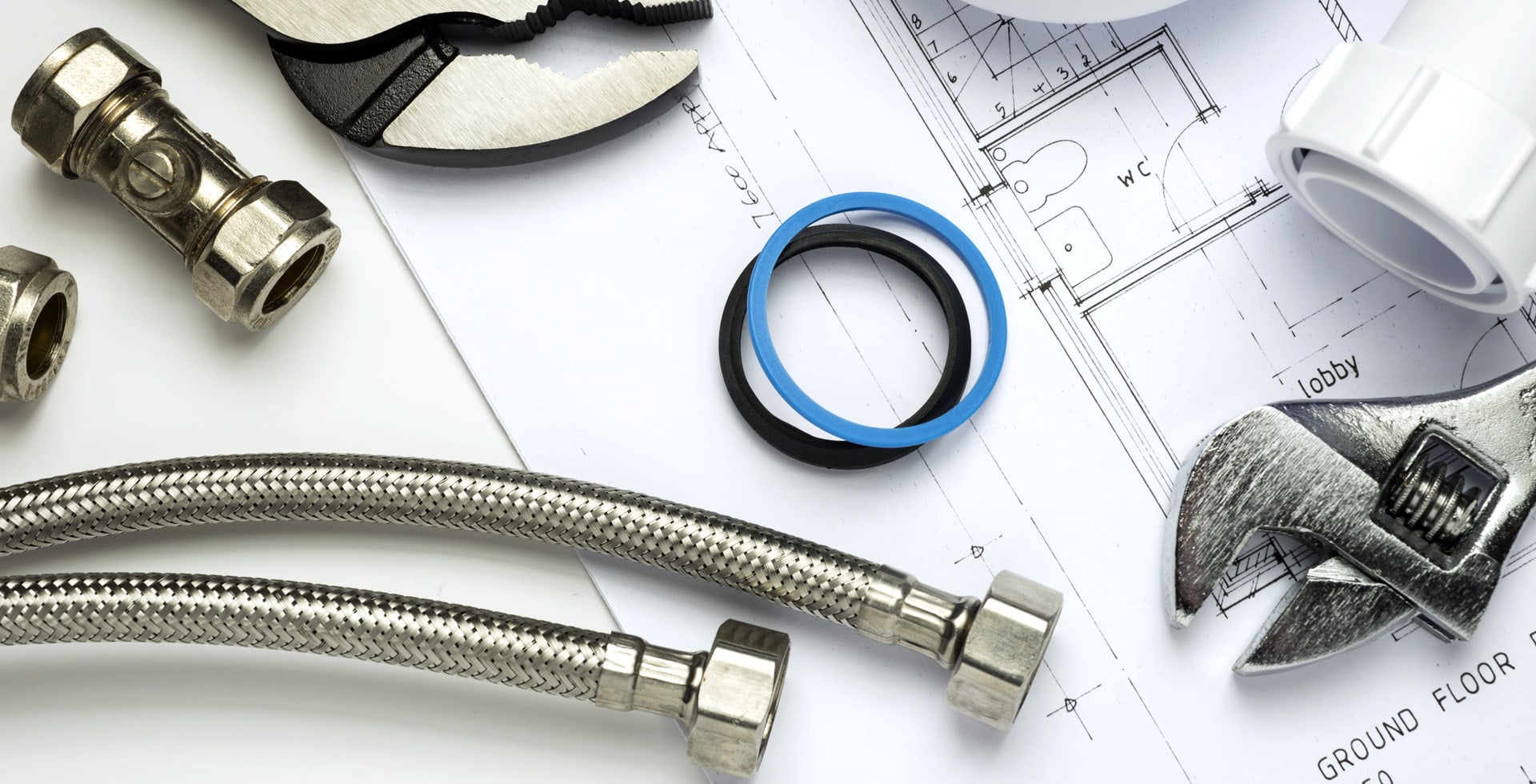“`html
How to Paint Drywall in High-Moisture Areas
Painting drywall in high-moisture areas like bathrooms, kitchens, and basements requires special considerations. Moisture can lead to peeling paint, mold growth, and a shorter lifespan for your walls. This guide will help you understand the steps and products needed to successfully paint drywall in these challenging conditions.
Understanding Moisture-Resistant Paint
Choosing the right paint is crucial when working in high-moisture areas. Moisture-resistant paint helps to prevent damage and prolong the durability of your painted surfaces. Here are some critical points to consider:
- Choose High-Quality Paint: Look for paints specifically labeled as moisture-resistant or bathroom/kitchen paint. These products often contain mildewcides that prevent mold growth.
- Finish Type: Satin and semi-gloss finishes are ideal for high-moisture areas as they are easier to clean and more resistant to humidity.
- Color Selection: Lighter colors can help reflect light and make small spaces appear larger, providing a more open atmosphere.
Preparation Before Painting
Proper preparation is essential for ensuring the paint adheres well and lasts longer. Follow these preparation steps:
- Inspect the Drywall: Check for any signs of mold, peeling paint, or water damage. Repair any issues before painting.
- Clean the Surface: Wipe down the drywall with a mixture of water and vinegar to eliminate any mildew or dust. Let it dry completely before proceeding.
- Patch Holes and Cracks: Use a joint compound to fill any holes or cracks in the drywall. Sand down the patched areas for a smooth finish.
- Prime the Walls: Apply a mold-resistant primer to create a barrier against moisture. This step is especially important if you are painting over bare drywall or making color changes.
Choosing the Right Tools
Having the correct tools makes the painting process more efficient and ensures a professional finish. Gather the following supplies:
- Paint Roller: A roller with a medium nap is ideal for smooth and textured walls alike.
- Brushes: Use a high-quality angled brush for cutting in at edges and corners.
- Paint Tray: A tray will help you load your roller without making a mess.
- Drops Cloths: Protect your floors and furniture by placing drops cloths where you will be painting.
- Masking Tape: Use painter’s tape to protect edges and create clean lines.
Painting Technique
Once your preparation is complete, follow these painting steps:
- Start with Edges: Use the angled brush to cut in along the edges of the ceiling, baseboards, and corners. This helps create a clean transition between walls and other surfaces.
- Roll the Walls: Using the paint roller, apply paint in a ‘W’ or ‘M’ pattern for even coverage. Roll in one direction for the final pass to ensure a uniform finish.
- Apply Multiple Coats: Depending on your paint color and the original wall color, you may need at least two coats. Allow the first coat to dry completely before applying the second.
- Inspect and Touch Up: Once the second coat is dry, look for any missed spots or areas that need touch-ups. Use a small brush for precision.
Post-Painting Maintenance
After the job is complete, some maintenance steps can help prolong the life of your finish:
- Keep Areas Ventilated: Use exhaust fans in bathrooms and kitchens to reduce humidity levels after showers or cooking.
- Regular Cleaning: Clean the painted surfaces with mild soap and water to prevent buildup of dirt and grime.
- Humidity Control: Consider using a dehumidifier in particularly damp areas, like basements, to reduce moisture in the air.
Common Mistakes to Avoid
While painting drywall in high-moisture areas might seem straightforward, several common mistakes can undermine your efforts:
- Skipping Primer: Always prime before painting to ensure better adhesion and resistance to moisture.
- Using the Wrong Paint: Avoid regular interior latex paints, which may not offer the moisture resistance needed.
- Skipping Ventilation: Prioritize ventilation during and after painting to help the paint cure properly and to prevent moisture issues.
Conclusion
Painting drywall in high-moisture areas can be successfully achieved with the right materials, preparation, and techniques. By investing in moisture-resistant paint, properly preparing your surfaces, and following best practices, you can ensure a long-lasting and beautiful finish. Remember to maintain ventilation and cleanliness to extend the life of your newly painted drywall. With these tips, you can confidently tackle high-moisture areas in your home.
“`

